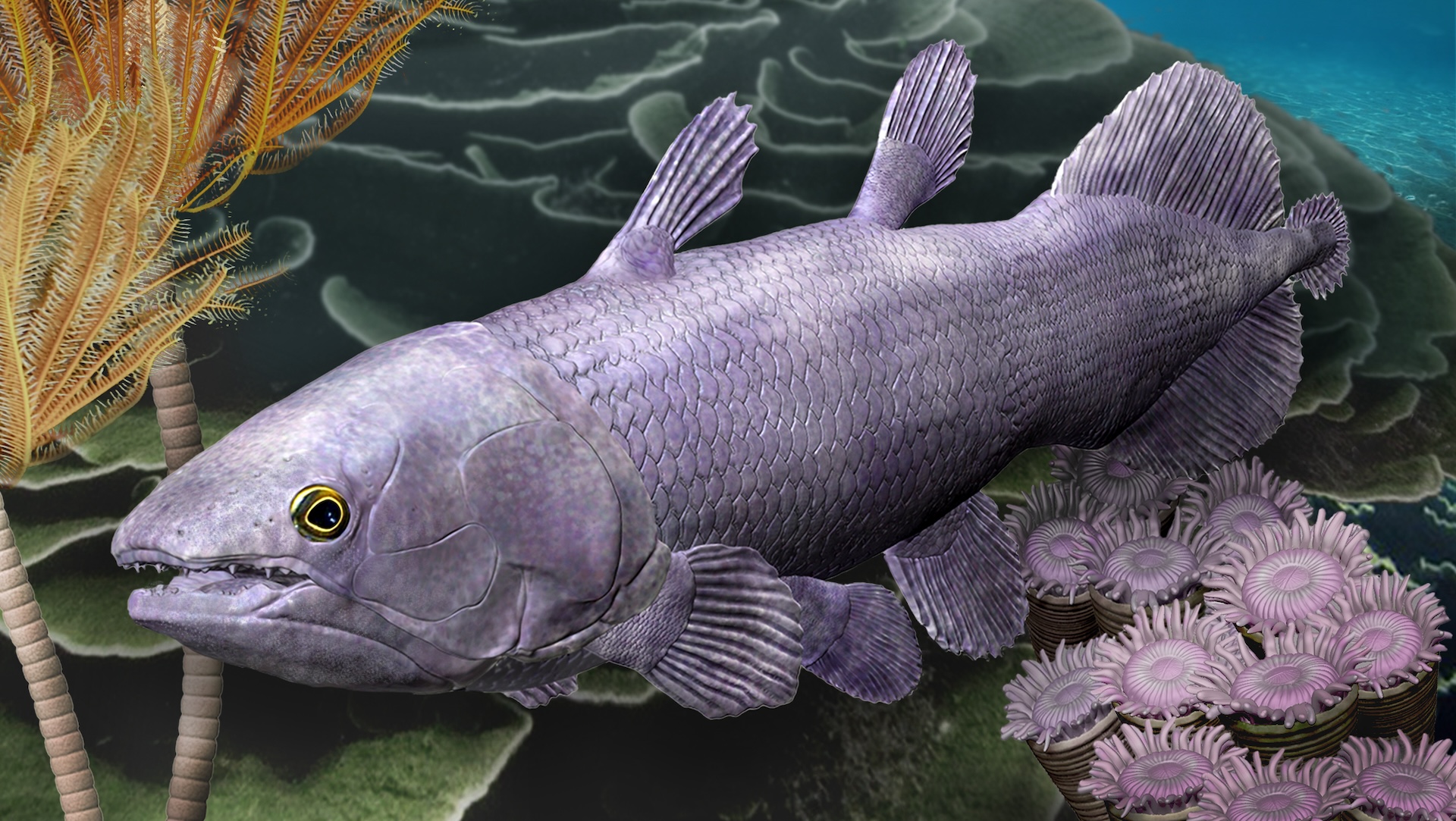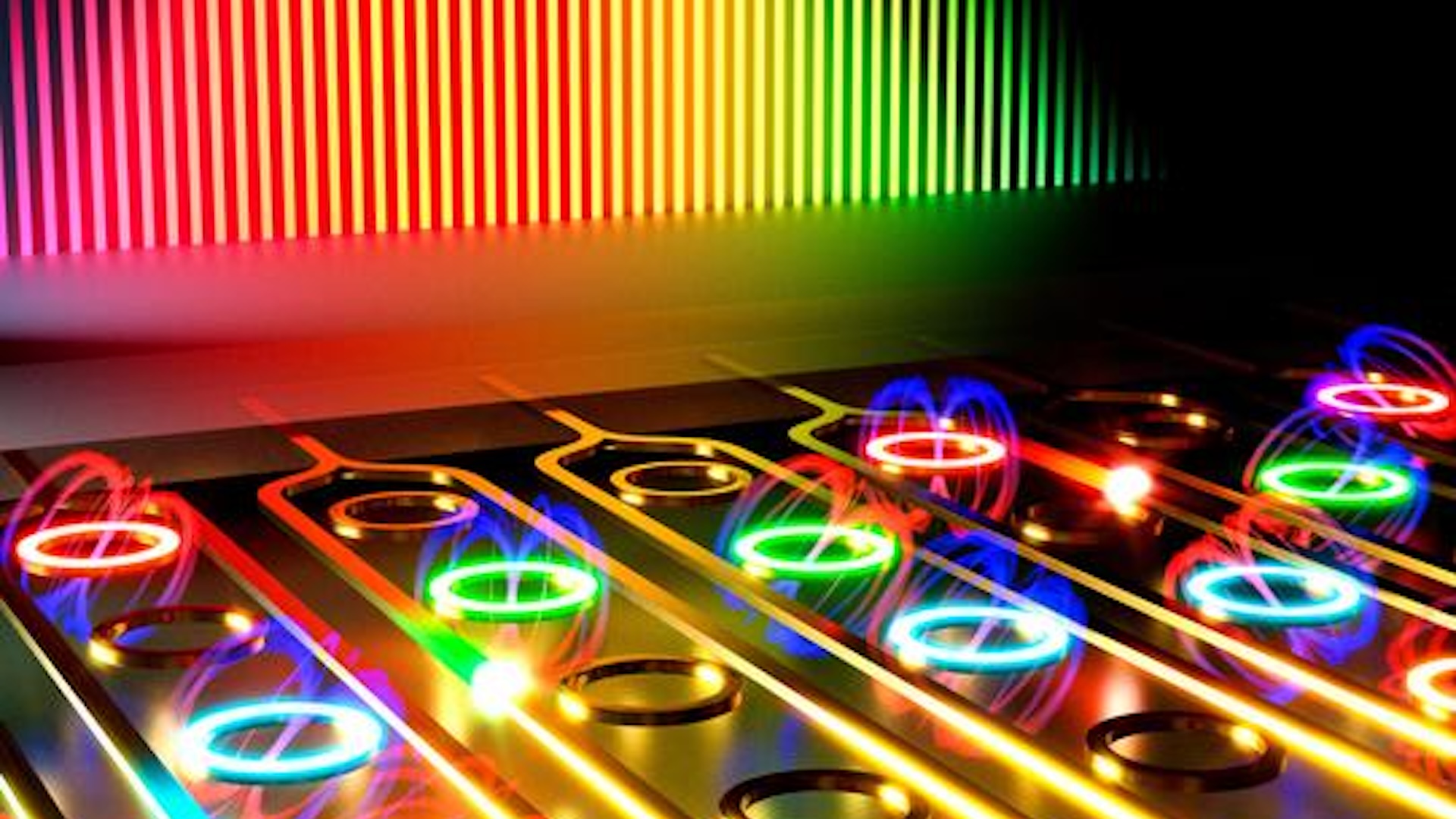Membranes, Vol. 13, Pages 582: Novel Electrospun Composite Membranes Based on Polyhydroxybutyrate and Poly(vinyl formate) Loaded with Protonated Montmorillonite for Organic Dye Removal: Kinetic and Isotherm Studies
Membranes doi: 10.3390/membranes13060582
Authors: Hristo Penchev Ahmed E. Abdelhamid Eman A. Ali Dessislava Budurova Georgy Grancharov Filip Ublekov Neli Koseva Katerina Zaharieva Ahmed A. El-Sayed Ahmed M. Khalil
The use of biodegradable polyesters derived from green sources and their combination with natural abundantly layered aluminosilicate clay, e.g., natural montmorillonite, meets the requirements for the development of new sustainable, disposable, and biodegradable organic dye sorbent materials. In this regard, novel electrospun composite fibers, based on poly β-hydroxybutyrate (PHB) and in situ synthesized poly(vinyl formate) (PVF), loaded with protonated montmorillonite (MMT-H) were prepared via electrospinning in the presence of formic acid, a volatile solvent for polymers and a protonating agent for the pristine MMT-Na. The morphology and structure of electrospun composite fibers were investigated through SEM, TEM, AFM, FT-IR, and XRD analyses. The contact angle (CA) measurements showed increased hydrophilicity of the composite fibers incorporated with MMT-H. The electrospun fibrous mats were evaluated as membranes for removing cationic (methylene blue) and anionic (Congo red) dyes. PHB/MMT 20% and PVF/MMT 30% showed significant performance in dye removal compared with the other matrices. PHB/MMT 20% was the best electrospun mat for adsorbing Congo red. The PVF/MMT 30% fibrous membrane exhibited the optimum activity for the adsorption of methylene blue and Congo red dyes.

 1 year ago
32
1 year ago
32


